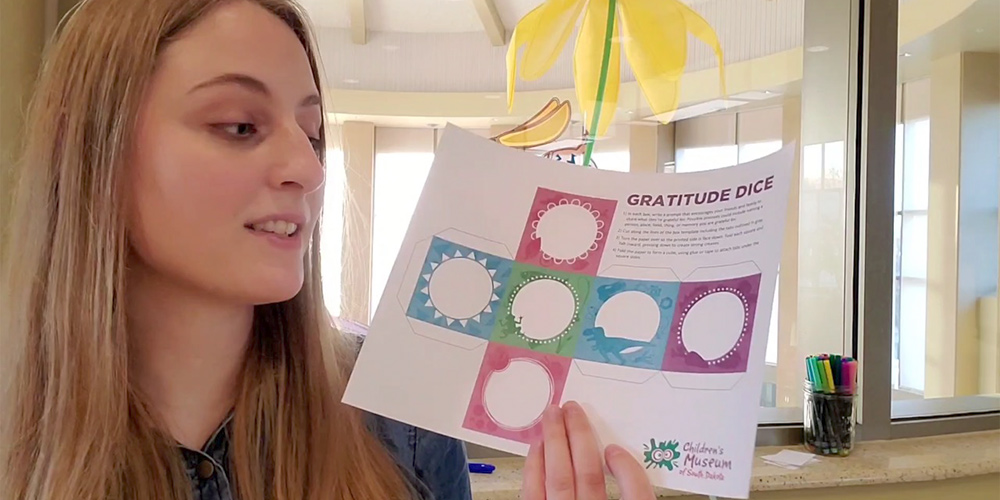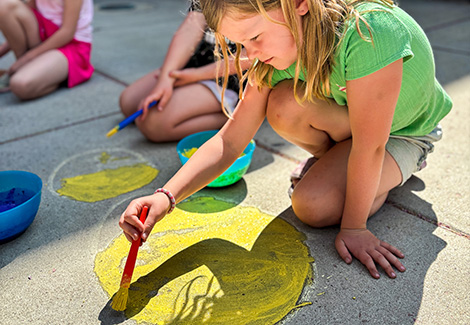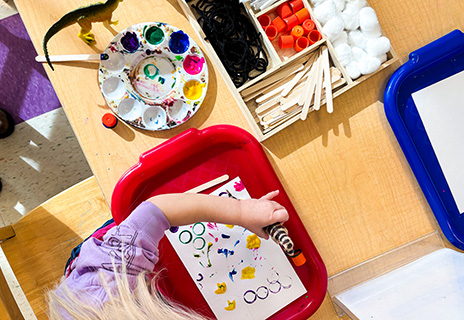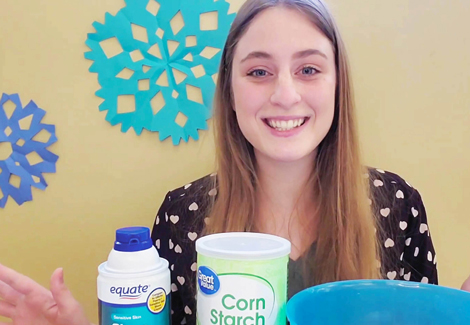Thankful plates
Thankful plates are a personal way to serve up a healthy portion of gratitude.
In a small group, give each person a plate and have them write their name in the middle. Then pass the plates around the table. Once you receive a plate, write down something you are thankful for about the person whose name is on the plate. Then, pass the plate to the next person.
After all of the plates have made it around the table, have each person share what was written about them. For a fun twist, try and guess who wrote what.
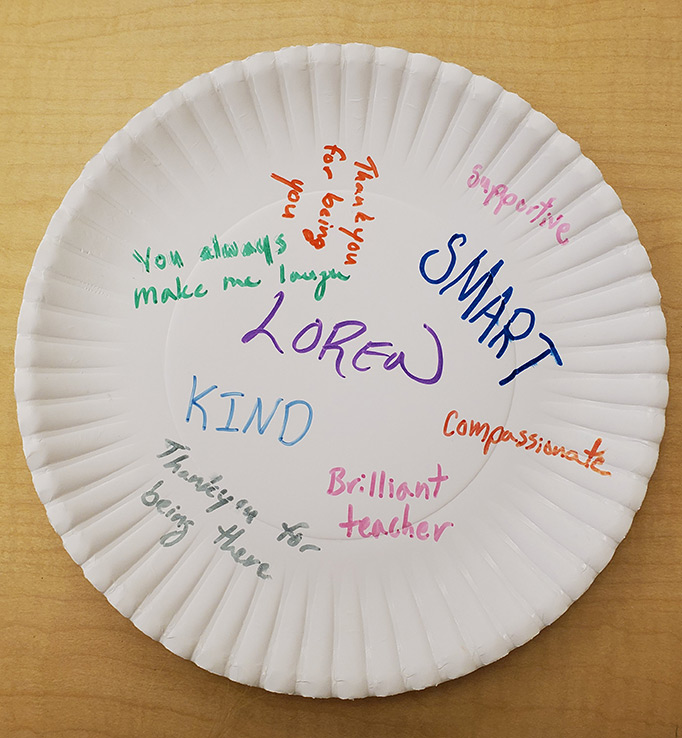
Gratitude jars
Practicing gratitude is linked to enhanced happiness, optimism, and social support. A gratitude jar is a great visual reminder to stop and take a moment to reflect upon things you are thankful for.
This practice will foster overall satisfaction with school, family, community, friends, and yourself. To get started, choose a jar and label it “Things I’m Grateful For”. You can have a jar just for you, or you can have a communal jar for the whole family!
Next, cut up strips of scrap paper, gather writing utensils, and pick a special location in your home to store your jar(s). Fill your jar with notes about things you are grateful for and periodically take time as a family to gather and share these special reminders.
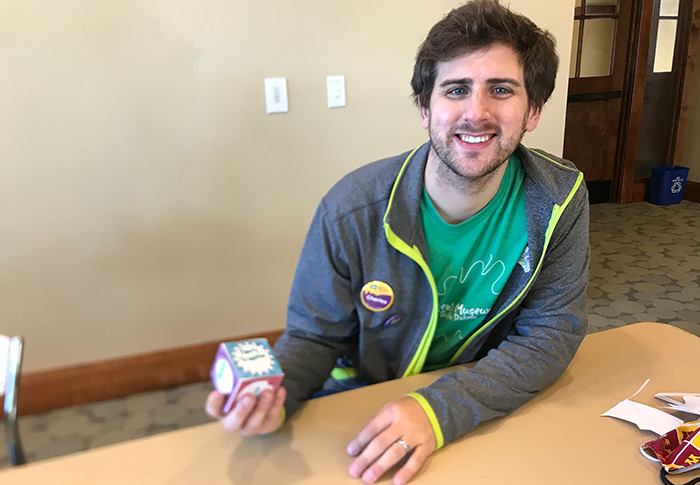
Gratitude dice game
Use this printable gratitude dice as a tool to roll out conversation with your friends and family about what you’re all thankful for.
In each box, write a prompt that encourages your friends and family to share what they are thankful for. Examples could include a Person, Place, Memory, and more.
Cut out the template and fold and tape the dice together. Next, take turns rolling the dice and answering the prompt. So for example, if you roll and the prompt says Place, you could answer, “My bed, because it is so cozy!”
“Research in positive psychology suggests a strong connection between gratitude and mental health”
“As we know, life can be filled with stressors and frustrations,” says Tracy Chapman, Licensed Professional Counselor. “The more we focus on these not-so-pleasant aspects of life, the more negative our perceptions can become. That’s why practicing gratitude is so important!”
These three activities help us by refocusing our view to what we are thankful for and our mindset shifts as well. Like any practice, the more we use this technique over time, the stronger and more natural it will become.



